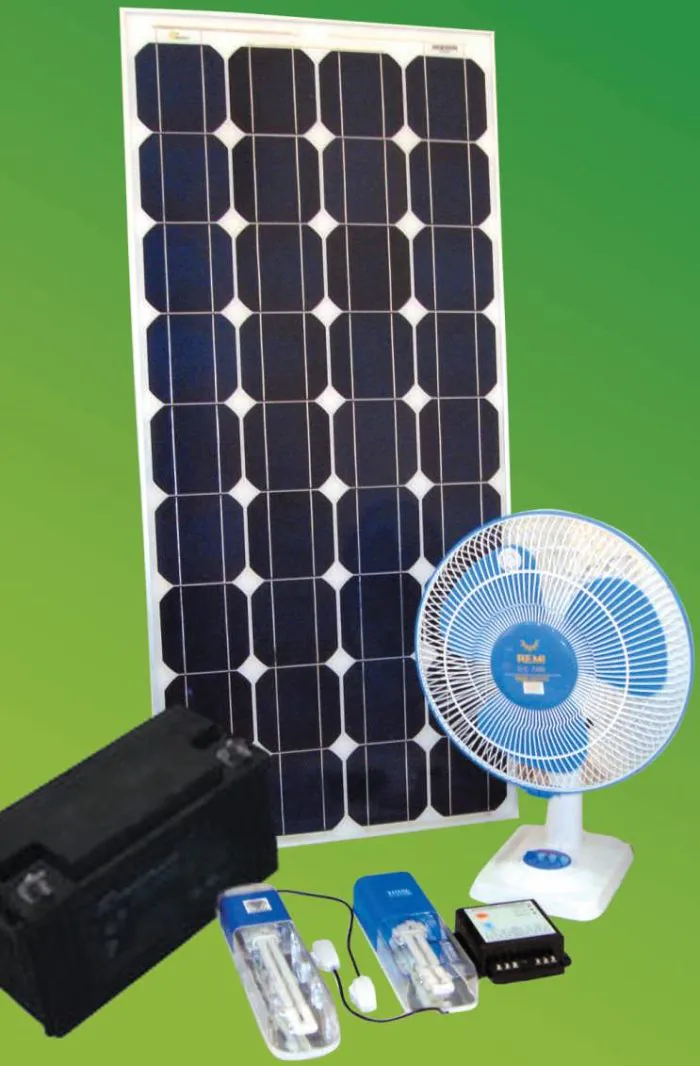Solar Lighting for Home: Price and Benefits
Solar home lighting systems have become increasingly popular as a sustainable and cost-effective solution for providing electricity and lighting in residential settings. These systems harness solar energy to power lights and other small appliances, offering numerous advantages such as energy efficiency, independence from the electrical grid, and reduced electricity bills. In this article, we will explore the features, components, benefits, installation process, and frequently asked questions related to solar home lighting systems.
 Introduction
Introduction
Solar home lighting systems are standalone setups that utilize solar panels to convert sunlight into electricity, which is then stored in batteries for later use. These systems typically consist of solar panels, a charge controller, batteries, and lighting fixtures. Solar home lighting provides clean and renewable energy for lighting up homes, especially in areas with limited access to electricity or unreliable power supply.
Components of a Solar Home Lighting System
-
Solar Panels: Solar panels are responsible for converting sunlight into Electrical energy. They are usually installed on the roof or in a location with maximum sunlight exposure.
-
Charge Controller: The charge controller regulates the flow of electricity from the solar panels to the batteries. It ensures proper charging and prevents overcharging or deep discharging of the batteries.
-
Batteries: The batteries store the electricity generated by the solar panels. They supply power to the lighting fixtures during nighttime or when sunlight is insufficient.
-
Lighting Fixtures: Lighting fixtures, such as LED bulbs or compact fluorescent lamps (CFLs), provide illumination for various rooms and areas within the home.
-
Wiring and Connections: Wiring and connections interconnect the solar panels, charge controller, batteries, and lighting fixtures to establish a functional solar home lighting system.

Home Lighting System Price
| Model | Selling Price |
| 18W Home Lighting System | Rs.5,990 |
| 20W Home Lighting System | Rs.7,990 |
| 30W Home Lighting System | Rs.9,990 |
| 75W Home Lighting System | Rs.19,990 |
Advantages of Solar Home Lighting
-
Energy Efficiency: Solar home lighting systems rely on renewable solar energy, making them highly energy-efficient and reducing dependence on traditional electricity sources.
-
Cost Savings: Solar home lighting can significantly reduce electricity bills, especially in areas with high electricity costs or limited access to the electrical grid.
-
Reliability: Solar home lighting systems provide a reliable source of electricity, even during power outages or in remote areas without grid connectivity.
-
Environmental Friendliness: Solar home lighting systems produce clean energy, reducing carbon emissions and environmental impact compared to fossil fuel-based electricity generation.
-
Low Maintenance: These systems have low maintenance requirements, with occasional cleaning of solar panels and regular battery maintenance being the primary tasks.
-
Expandability: Solar home lighting systems can be easily expanded to accommodate additional lighting fixtures or small appliances, providing flexibility for future needs.
Installation Process of Solar Home Lighting Systems
The installation process of solar home lighting systems involves the following steps:
-
Load Assessment: Evaluate the lighting requirements and electrical loads in the home to determine the capacity and number of solar panels and batteries needed.
-
Solar Panel Installation: Install the solar panels in a location that receives maximum sunlight exposure throughout the day. The panels should be angled properly for optimal sunlight absorption.
-
Battery and Charge Controller Installation: Install the batteries and charge controller in a safe and well-ventilated area, following the manufacturer's instructions and safety guidelines.
-
Wiring and Connections: Connect the solar panels, batteries, and charge controller using appropriate wiring and connectors. Ensure proper polarity and secure connections to avoid any electrical hazards.
-
Lighting Fixture Installation: Install the lighting fixtures in the desired locations within the home, ensuring proper wiring and connection to the solar home lighting system.
-
Testing and Commissioning: Test the solar home lighting system to ensure all components are functioning correctly. This includes checking the charging capacity, battery performance, and illumination of the lighting fixtures.
-
User Training: Provide users with training on operating and maintaining the solar home lighting system. Explain the charging process, battery maintenance, and safety precautions.
